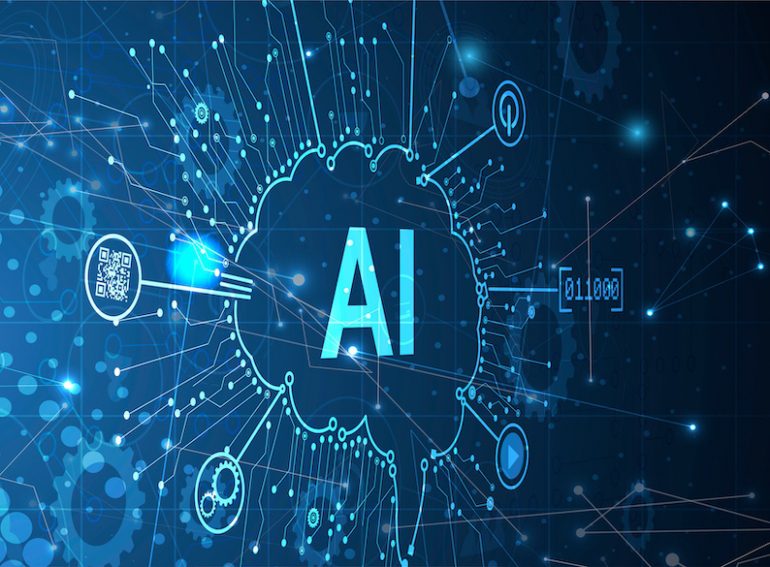
Advancements in AI chatbot technologies have recently dominated discussions in the tech industry. First, it was Microsoft-backed ChatGPT that shook the internet with news of its release and the potential integration with Microsoft’s search engine Bing. Then came Baidu’s AI chatbot, Ernie bot, which will be integrated into the Baidu search engine in the coming months. In the wake of these recent developments, Google has decided to respond with its version of an AI chatbot called Bard.
Jump to:
- What is Bard, and when will Google release it?
- What Bard means for developers and other end users
- The bigger picture of AI chatbot tech and investments
What is Bard, and when will Google release it?
According to Google and Alphabet CEO Sundar Pichai, Bard is currently undergoing internal testing and will be released to the public in the coming weeks.
SEE: Artificial Intelligence Ethics Policy (TechRepublic Premium)
Bard will be powered by Google’s Language Model for Dialogue Applications. Like other Large Language Models, LaMDA works as a deep learning algorithm that can recognize, translate, summarize, predict and generate content, such as text, codes or images, based on the knowledge it picks from huge volumes of data.
Google believes that Bard will revamp its search engine capabilities and other product lines once released.
“Soon, you’ll see AI-powered features in Search that distill complex information and multiple perspectives into easy-to-digest formats, so you can quickly understand the big picture and learn more from the web: Whether that’s seeking out additional perspectives, like blogs from people who play both piano and guitar, or going deeper on a related topic, like steps to get started as a beginner,” Pichai wrote.
Unlike ChatGPT, which allowed the public to access it over the internet, Google is starting Bard with a lightweight version that will require lower computing resources to power before scaling things up. During this phase, Google will aggregate external feedback and merge it with internal testing results.
“We’ll combine external feedback with our own internal testing to make sure Bard’s responses meet a high bar for quality, safety and groundedness in real-world information,” Pichai wrote. “We’re excited for this phase of testing to help us continue to learn and improve Bard’s quality and speed.”
What Bard means for developers and other end users
While Bard is still in its early stages of development, Google is confident that the system will be able to compete with ChatGPT and other AI systems in the market.
Apart from assisting with search engine capabilities, Bard will bring other features that will assist developers in developing their applications using Google’s language model.
“Beyond our own products, we think it’s important to make it easy, safe and scalable for others to benefit from these advances by building on top of our best models,” Pichai wrote. “Next month, we’ll start onboarding individual developers, creators and enterprises so they can try our Generative Language API, initially powered by LaMDA with a range of models to follow. Over time, we intend to create a suite of tools and APIs that will make it easy for others to build more innovative applications with AI.”
For other end users, there has been a mixed reaction regarding how AI chatbots will affect the order of things. While some people argue that the advent of these chatbots and their potential integration into search engines will aid the creative and marketing industries, others think otherwise.
In the creative and marketing sectors, for instance, the argument is that chatbots like ChatGPT and Bard will take over some digital marketing jobs as they have demonstrated the ability to generate email and social media marketing copies, including other potentials.
Given these capabilities, there has been a growing adoption of AI tools in several industries. According to the McKinsey 2022 State of AI review, the average number of AI capabilities employed in companies has doubled from 2018 to 2022.
SEE: Metaverse cheat sheet: Everything you need to know (free PDF) (TechRepublic)
The bigger picture of AI chatbot tech and investments
For some time, Google has been silent on its next big move on AI, allowing other big tech companies like Microsoft and OpenAI to enjoy sole dominance in the artificial intelligence discussion in recent months. Within this period, Microsoft has shown its commitment to advancing generative AI services through some partnerships and financial investments. TechRepublic recently reported that Microsoft has broadened its partnership with OpenAI with an investment believed to be worth around $10 billion. This partnership will make Microsoft the exclusive cloud provider for OpenAI research and computing needs.
However, Google is about to shake up this dominance with this latest outing. A couple of days ago, it showed its intentions in the AI market by announcing a partnership with artificial intelligence startup Anthropic, which is testing its generative AI chatbot that will rival ChatGPT. The deal, reportedly worth about $400 million, will give Google a significant stake in Anthropic, as the AI startup will rely on Google Cloud’s GPU and TPU clusters to train, scale and deploy its AI systems.
With these heavy investments in AI chatbot technologies, we are about to witness a significant shake-up and competition in the AI industry.
Read next: Microsoft goes for Google with ChatGPT-enabled Bing search and What does Microsoft Bing’s new AI assistant mean for your business? (TechRepublic)








